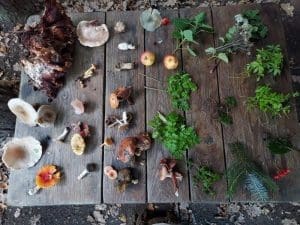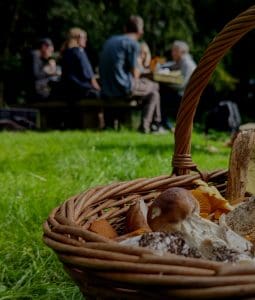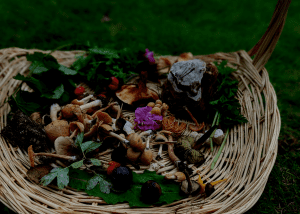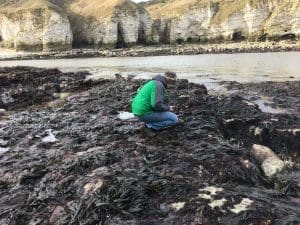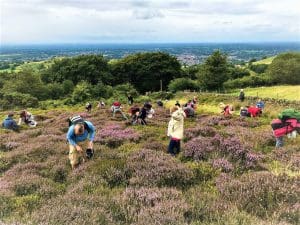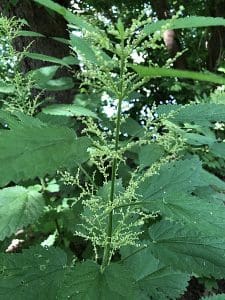Through this piece we’re going to take a look at what is foraging – to different people, in different times, and in different parts of the world it has many different meanings & practical uses; let’s take a closer look.
forage
/ˈfɒrɪdʒ/
verb
gerund or present participle: foraging
- (of a person or animal) search widely for food or provisions.
“the birds forage for aquatic invertebrates, insects, and seeds”- obtain (food or provisions) by searching.
“a girl foraging grass for oxen” - search (a place) so as to obtain food.
“units that were foraging a particular area”
- obtain (food or provisions) by searching.
When I meet new people, and they ask me what I do for a living, I always feel a bit of apprehension trying to explain it all. ‘I’m a forager’ I’ll say and they look at me blankly and say ‘What’s that?’. I then have to spend 10 minutes explaining it all, which for an introvert isn’t ideal. I’ve written this so that the next time someone asks I’ll just direct them to this page.
Foraging is the act of gathering wild plants or mushrooms. It’s something all of us would have done up until only a few hundred years ago. It’s a skill that most have lost but one that would have been vital to our ancestors, before the introduction of farming, this is how everyone ate and our ancestors must have been pretty good at it because we are all here.
Have you ever eaten a blackberry whilst you’ve been out for a walk? If so, you’re a forager too!
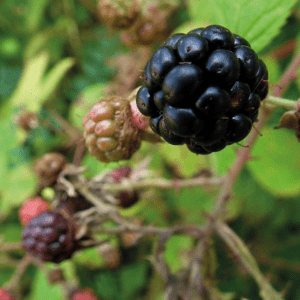
Why foraging?
It’s a good question, first just being outdoors has proven benefits to your physical and mental health. Even when I’ve not been particularly successful, I never feel disappointed. The mindfulness and feeling I get from just being outdoors is enough, free food is a special bonus.
Here’s a piece about the mental benefits of foraging
The wide variety of wild edibles out there also have health benefits, most of us even if we’re being good and eating our 5 a day have quite limited diets. There are over 50,000 edible plants in the world yet 60% of the world’s calories come from just 3 of these, rice, wheat and corn. 90% of the world’s food comes from just 15 species!
Modern farming techniques that focus on yield, resistance to pests and cost have also reduced the nutrient and vitamin content of many plants. For example, research has found that protein content in wheat decreased by 23 percent from 1955 to 2016, and there were notable reductions in manganese, iron, zinc, and magnesium, as well.
In my opinion they’ve also lost a lot of their flavour, I know a lot of this is subjective and probably harder to test than nutrient content but have you ever heard older relatives say something like ‘carrots don’t taste like they used to’ well they may be onto something. Wild food, in general, is more flavorsome then their shop-bought equivalents, and less is needed when cooking.
I’m a tight northerner so anything free is always going to excite me. Especially if it’s a gourmet ingredient that would normally be outside of my budget. Truffle, porcini mushrooms and maple syrup are all delicious yet quite expensive but they are a lot more common in the wild than you might think.
With the rising food costs, unreliable supplies and such we’re all having to think about the week’s shop more and more. Foraging is not affected by inflation or bad government decisions. When everyone was panicking over covid lockdowns about empty shelves and bulk buying toilet roll, foragers were quite relaxed, the 30 minutes we were allowed outside for exercise was plenty of time to gather enough ingredients for myself and my family.
We’ve also as a nation become more concerned about things such as food miles, sustainability, ethical practices and seasonality again foraging ticks all of those boxes. Most of my food has the carbon footprint of a fruit fly, it travels as far as I can walk typically. I always take care to only gather what I need, leaving most behind. I spread wild seeds and spores as I go and it’s so so changeable with the seasons that I typically eat over 500 different plants over the year.
What skills do you need to be a forager?
Not many at all, if you can tell the difference between an Iceberg lettuce and a Savoy cabbage you can do it. If you read the botanical descriptions of these two plants they sound pretty similar but as soon as you have them in front of you it is dead easy to tell them apart.
You need to use your senses, look at things, smell them, touch them, break them apart, get really intimate with them and it becomes a lot easier.
Once you’ve successfully identified a plant, your confidence grows and you become more experienced knowing which parts are important to focus on.
What tools do I need to forage?
Again not much, a sharp knife and a basket are good to have but not always essential. There have been times when I’ve spotted something edible but had no kit at all. Rather than walking away from my find with a tear in my eye, I’ve fashioned bags out of my jumper, coat or pants.
If you are going to carry a knife remember to keep it sheaved when you walk and make sure it is obviously legal to carry. There really is no need for a machete!
Baskets are great particularly for mushrooms, as the open weave allows any spores to escape and hopefully ‘seed’ where you’ve walked.

Where can I forage?
The laws around foraging can sometimes be a bit confusing but In England and Wales you can generally gather the 4 f’s (flowers, fruit, foliage and fungi) from any land you have access to. So parks, beaches, nature reserves and your own garden are all good places to explore.
I’d recommend doing a little research on any sites that are new to you. Avoid brownfield sites and busy roads as years of industrial activity and traffic may have contaminated the soil.
Remember that it’s illegal to uproot any wild plant without the landowners permission and never collect more than you need, taking no more than 30-40% of what is available. Also bear in mind that some plants and fungi are protected by law and may be illegal to harvest. If in doubt, speak to the landowner.
Here’s a longer piece about the legal aspects of foraging
What should I start with?
Most of us are familiar with some really good edibles for example nettles, dandelions and blackberries, so start with these, look for them in your garden or local park, research any lookalikes, find out which parts are edible and learn how to use them. You’ll be amazed how versatile, nutritious and tasty these simple plants are.
When can I forage?
Foraging is something you can do all year round, even in the depths of winter. The changeable weather and seasons in the UK mean that things never get boring, plants and fungi are adapted to certain conditions and each new season brings its own special treats. It really can be here one day gone tomorrow so learning new preservation techniques can help you to make the most of your finds.
Still scared?
If you’re still cautious why not join us on one of our public courses, we’ll show you the best plants to start with and how to use them, and teach you about any toxic look-alikes.
Most of us are never going to be Bear Grylls or even want to be him but even making simple switches for example using nettles rather than shop bought spinach will have benefits to you and the environment and you’ll save yourself a few quid too!
References and further reading:
https://www.ncbi.nlm.nih.gov/pmc/articles/PMC6562165/
https://education.nationalgeographic.org/resource/food-staple



